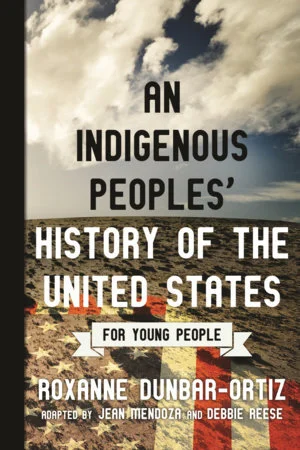This was an exhibition that has been transferred into a PDF and is freely available here.
This is a statement from the curator describing the exhibition:
The exhibit “Printed Voices from Oaxaca: Social and Cultural Reflections” came to life based on the mission of SOS (Save Our Souls) ART, a non profit organi- zation I founded 15 years ago, and the personal invitation I received from Ellen Muse-Lindeman, Executive Director of Kennedy Heights Arts Center (KHAC), to curate a show in their facility. SOS ART’s mission is to promote the arts as vehicles for peace and justice and to encourage the voice of the artist in this respect.
When invited to curate the exhibit, I thought it would be a great opportunity for me and SOS ART to share with the Cincinnati public, art from a different country where artists use their artwork as their voice to reflect on their life, on their culture, on the problems they face as a society, and thus express them- selves, their views and their beliefs. I felt that artists from Oaxaca, in particular printmakers the work of whom I had been exposed to in previous years, fit very well that intent.
Oaxaca is one of the 31 states which, along with the Federal District, make up the 32 federative entities of Mexico. It is located in Southwestern Mexico, bor- dered by the states of Guerrero, Puebla, Veracruz, Chiapas, and with a signifi- cant coastline on the Pacific Ocean. Its capital city is Oaxaca de Juárez.
Oaxaca is best known for its indigenous peoples and cultures. There are in fact 16 indigenous tribes and 16 spoken languages in Oaxaca, the most numerous and best known being the Zapotecs and the Mixtecs.
In contemporary Oaxaca exists a strong tradition of printmaking started by well-known artist Francisco Toledo, himself an indigenous from the State. Toledo created a center for printmaking to preserve the indigenous culture of his state and keep it alive through the voice of its artists. The majority of printmakers in Oaxaca, use their art as their voice to reflect on their culture and on the social justice issues they face.
On 2 occasions, I traveled to Oaxaca, met with numerous artists and talleres (workshops), looked at hundreds of their prints and selected for the exhibit some that i felt shed some light on a cultural, sociopolitical, personal or universal matter that the artist was expressing. As a result, the exhibit at Kennedy Heights Arts Center will feature 91 prints by 31 such contemporary artists. The prints are varied in their printmaking technique, in their imagery and in the topics they address. They include works by young emerging artists, side by side with those by very well established, and for some, internationally known, artists.
It is hoped that sharing them with the Cincinnati community will contribute to cultural exchange and enrichment, and to illustrating the power of art as the voice of the artist for a universal better world. Also that it will help bridge cultural divides and promote cross cultural understanding and appreciation.
To all participating artists who invited me in their studios, allowed me to peek through their numerous prints and trusted me to handle and show their work, and to Kennedy Heights Arts Center who gave me such a great opportunity to curate a beautiful and meaningful show, all my gratitude and appreciation.
Saad Ghosn, curator
President, SOS ART



















